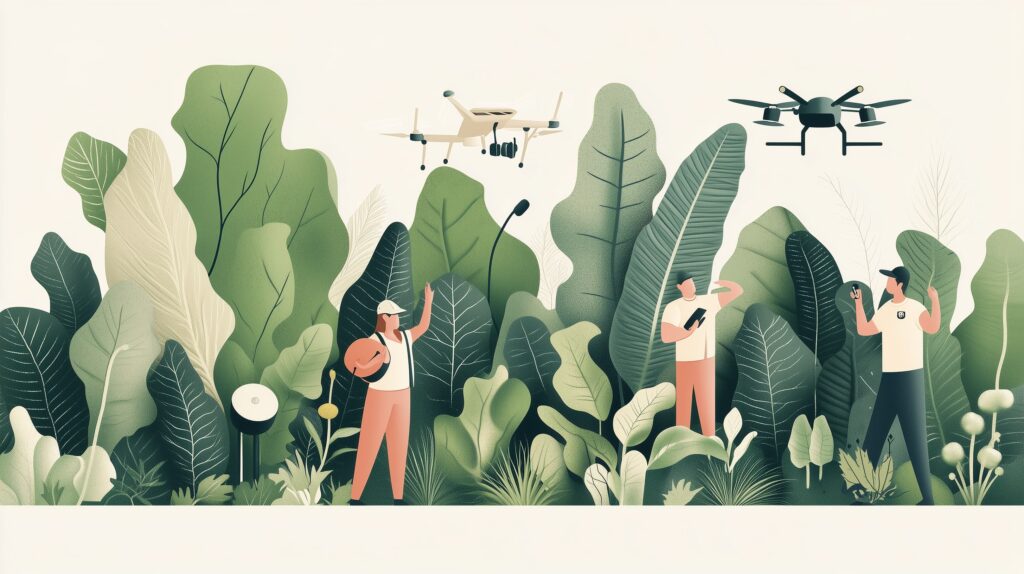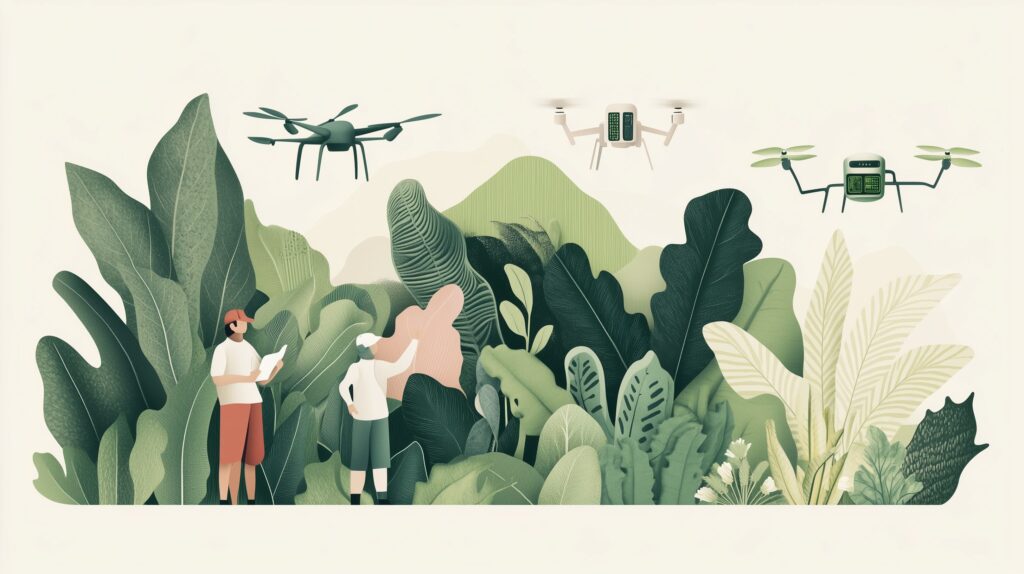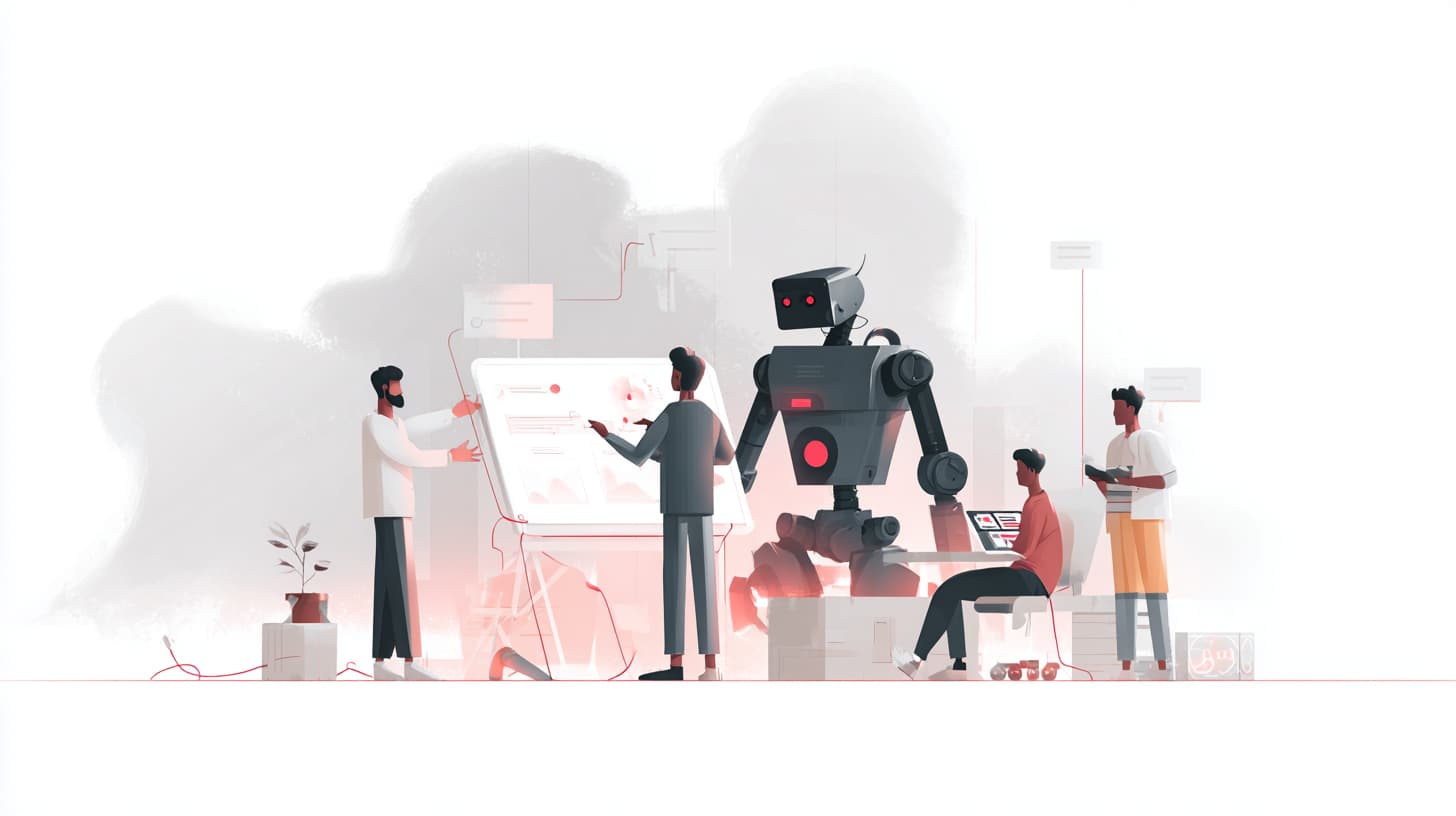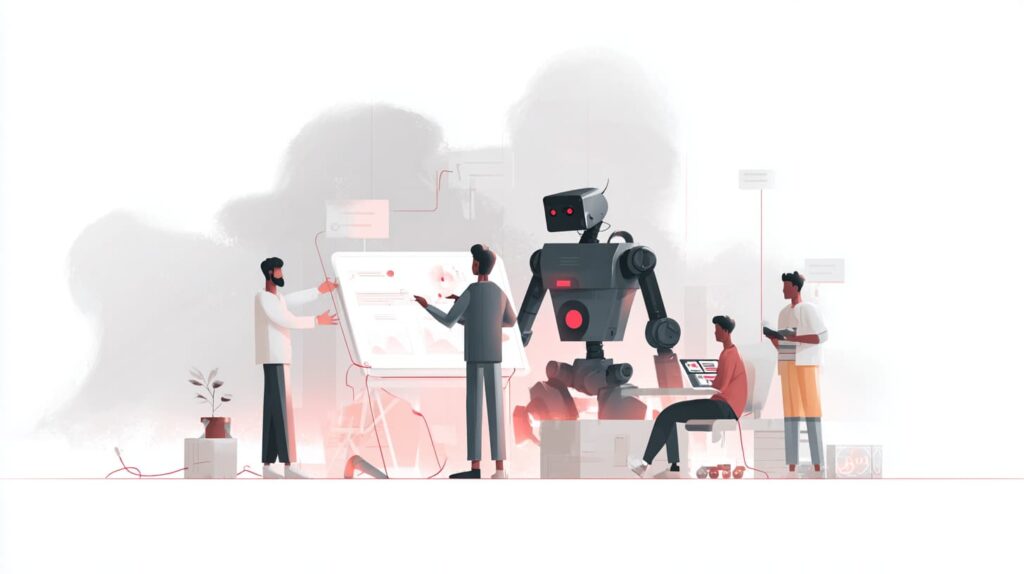By Luis Takada
The article highlights the importance of viewing data as digital assets capable of generating new revenue, reducing costs, optimizing internal processes, and providing solutions to third parties.
EloGroup has developed a framework based on three stages—opportunity mapping, business scenario structuring, and action detailing—to guide the adoption of a data monetization strategy.
A success case demonstrates how this approach enables data integration within the production chain, drives innovation through acquisitions and partnerships, and strengthens market competitiveness.
Digital Transformation has become imperative for organizations seeking to remain relevant in an increasingly competitive market. In this context, data monetization emerges as an effective way to drive growth. This approach involves structuring a strategy to extract tangible value from the information collected and stored by a company during its operations and applying it to develop solutions that reduce costs, increase revenue, minimize risks, and optimize processes overall.
In this article, we will delve deeper into how data monetization works and its potential benefits. Additionally, we will introduce the framework used by EloGroup during the adoption process of this business model for one of our clients in the agribusiness sector.
When it comes to agribusiness, data monetization is already showing its potential through the use of agronomic information for purposes such as optimizing crop yields, improving the application of agricultural inputs using aerial imagery, and analyzing machine telemetry to predict failures or delays. However, this is just the beginning, and there are still numerous market opportunities to be explored. Unlike other sectors—such as retail, media, and financial services—that have already undergone digital disruption, agribusiness is still in the early stages of this journey, with technologies like IoT and precision agriculture still in their initial stages of adoption. This means that, just as in the previously mentioned sectors, where mastering customer data created significant value for companies that played the game well, the same is expected to happen in agribusiness in the near future.
How does data monetization work?
Identified as one of the key trends in agribusiness at recent editions of the Agricultural Technology Fair in Action (Agrishow), data monetization can be approached from either an internal or external perspective. Each approach offers different benefits to the company and can be selected based on the organization’s interests and needs.
In internal use, organizations leverage data to enhance processes, make more informed decisions, and optimize operations.
- Operational Optimization: Smart use of data to streamline internal processes, such as automation, demand forecasting, and supply chain management, can lead to significant cost savings.
- Improvement of Products and Services: Customer behavior insights can highlight potential enhancements to products or services, improving the user experience.
- Targeted Marketing: Data can be used to refine marketing campaigns, increasing conversion rates.
In external use, companies can commercialize this information by selling it to third parties or investing in the development of new products and services.
- Data-as-a-Service Offerings: Companies can offer their data as a service, allowing other businesses to access, analyze, and use the information for a fee.
- Data Licensing: Another way to profit from collected data is by licensing its use to other companies—retaining ownership while permitting third-party usage under specific conditions.
- Strategic Partnerships: Sharing or selling data to strategic partners can create new revenue opportunities or strengthen business relationships.
The journey toward data monetization often begins with a mindset shift. This is because the strategy requires companies to view data not just as information but as valuable digital assets.
A common mistake many organizations make when adopting this business model is focusing solely on available data without considering the context of what these data can solve. The true value of information does not lie in its existence but in its ability to solve specific problems, whether for the company itself or its ecosystem.
For this reason, at EloGroup, we understand that it is crucial to start this journey by identifying the problem first and then determining what data is necessary to provide effective solutions for each company. Only with this in hand is it possible to identify growth opportunities and develop strategic plans to achieve this goal.

Implementation journey
To assist companies in the data monetization process, especially those looking to identify new revenue streams, EloGroup has developed a specific framework focused on generating new business from their digital assets. This model helps organizations identify monetization opportunities aligned with the ecosystem’s needs and their organizational capabilities.
Market and technology serve as key drivers of this strategy. Thus, it considers customer demand and how the company can adapt its services to meet these new requirements. At the same time, it assesses available digital capabilities to understand how these resources can be leveraged to develop new products and services.
This strategic framework for implementing a data monetization model focuses primarily on data integration and technological innovation. Its approach is structured around three main stages.
Phase 1: Opportunity Mapping Design
The first phase toward Data Monetization involves a deep diagnosis of the external ecosystem landscape, its key players, and their respective demands, which allows for the identification of opportunities for gains and growth. Additionally, the company’s internal capabilities are mapped, identifying and assessing available digital assets such as data, algorithms, and software.
With this information available, it becomes possible to assess the convergence between the ecosystem’s needs and the available capabilities, thereby identifying the opportunity areas that will guide the strategic plan.
Phase 2: Structuring Opportunity Scenarios
Based on the identified opportunities, the framework guides the creation of a strategic plan. This plan considers different business model scenarios, such as offering data “as a service” or building a proprietary ecosystem, as well as the attractiveness of each positioning considering the competitive environment.
The scenario evaluation includes analyzing critical hypotheses and constructing business cases, using a methodology that efficiently handles uncertainties through organizing a roadmap of steps to be followed (Discovery Driven Planning). This ensures that investment decisions are more accurate and aligned with the uncertainties inherent at each stage of new business development.
Phase 3: Detailing the Opportunities
Finally, the framework culminates in the creation of an implementation roadmap. This strategic plan details the necessary actions to reach the “beachhead market” (initial market) and progressively expand, ensuring that infrastructure and new capabilities are integrated in a sustainable and scalable way.
In this regard, our framework focuses on strengthening data collection and analysis capabilities, which can transform the company and drive new revenue streams. The development of new technologies, partnerships with innovation hubs, and the acquisition of startups are some of the recommended actions to strengthen the technological foundation and enable new data-driven business models.

Success cases
Based on the opportunity mapping of one of our clients in the agribusiness sector, EloGroup identified five opportunity areas. For each scenario, three types of strategic positioning were proposed for the company.
For example, considering an operation and logistics issue, one of the company’s goals was to improve the monitoring of production chains to prevent waste and enhance efficiency. To achieve this, a plan of five strategic actions was outlined:
- Accelerate the development of capabilities to strengthen the core and explore opportunities in the first territories. For example, through the acquisition of direct competitors offering farm monitoring solutions or the acquisition of an early-stage IoT player focused on agribusiness.
- Develop a competitive edge in crop data collection to succeed in other territories and make the company attractive to third parties. For example, through acquiring patents for specific technologies that provide a competitive advantage in this context, or by acquiring companies that dominate these technologies.
- Integrate its data with other farm data.
- Unify the product chain, interconnecting production, storage, and distribution.
- Advance in territories with greater opportunities and synergies in building specific capabilities.
At the end of the process, it is expected that, in addition to monetizing the data generated by the company, the business will gain a better understanding of its customers and promote the development of new services by integrating data from the supply chain. For example, using data to help strengthen the relationship between the producer and their creditor(s). In the long term, the trend is toward the consolidation of new business models.
Conclusion
By treating data not just as information, but as strategic and valuable assets, organizations are able to uncover new “veins” of opportunities, improve their operational efficiency, and optimize decision-making. However, this movement requires a shift in perspective, one that understands the value of data in solving real problems, both internally and within the ecosystem the company operates in.
Through a robust and market-tested framework, EloGroup is able to support our partners and clients in structuring a monetization strategy that aligns opportunity mapping with the detailing of an implementation roadmap, identifying technological capabilities and external environment needs.
For those looking to stand out in a highly competitive landscape, adopting a data monetization model is, therefore, a solid way to add value and stimulate innovation.
Do you believe your organization could benefit from a data monetization strategy? Talk to one of our specialists!
LUIS TAKADA is partner at EloGroup











